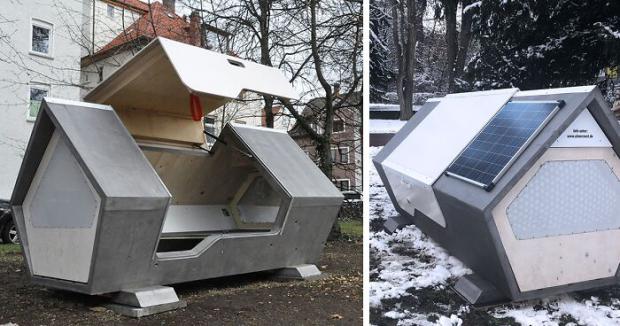
Breaking News
 Quantum walkie-talkie: China tests world's first GPS-free radio for border zones
Quantum walkie-talkie: China tests world's first GPS-free radio for border zones
 RIGHT NOW!: Why was lawyer Van Kessel, of the civil case on the merits in the Netherlands, arrested?
RIGHT NOW!: Why was lawyer Van Kessel, of the civil case on the merits in the Netherlands, arrested?
 PENSION FUNDS PANIC BUYING SILVER – Ratio Below 60 Triggers $50B Wave (Danger Next Week)
PENSION FUNDS PANIC BUYING SILVER – Ratio Below 60 Triggers $50B Wave (Danger Next Week)
 Dollar set for worst year since 2017, yen still in focus
Dollar set for worst year since 2017, yen still in focus
Top Tech News
 EngineAI T800: Born to Disrupt! #EngineAI #robotics #newtechnology #newproduct
EngineAI T800: Born to Disrupt! #EngineAI #robotics #newtechnology #newproduct
 This Silicon Anode Breakthrough Could Mark A Turning Point For EV Batteries [Update]
This Silicon Anode Breakthrough Could Mark A Turning Point For EV Batteries [Update]
 Travel gadget promises to dry and iron your clothes – totally hands-free
Travel gadget promises to dry and iron your clothes – totally hands-free
 Perfect Aircrete, Kitchen Ingredients.
Perfect Aircrete, Kitchen Ingredients.
 Futuristic pixel-raising display lets you feel what's onscreen
Futuristic pixel-raising display lets you feel what's onscreen
 Cutting-Edge Facility Generates Pure Water and Hydrogen Fuel from Seawater for Mere Pennies
Cutting-Edge Facility Generates Pure Water and Hydrogen Fuel from Seawater for Mere Pennies
 This tiny dev board is packed with features for ambitious makers
This tiny dev board is packed with features for ambitious makers
 Scientists Discover Gel to Regrow Tooth Enamel
Scientists Discover Gel to Regrow Tooth Enamel
 Vitamin C and Dandelion Root Killing Cancer Cells -- as Former CDC Director Calls for COVID-19...
Vitamin C and Dandelion Root Killing Cancer Cells -- as Former CDC Director Calls for COVID-19...
 Galactic Brain: US firm plans space-based data centers, power grid to challenge China
Galactic Brain: US firm plans space-based data centers, power grid to challenge China
Homeless In Germany Offered Futuristic 'Coffin-Like' Pods To Sleep In

Two of these "Ulm nests" were positioned in Ulm, 75 miles west of Munich, earlier this month. The pods give homeless people an emergency place to sleep as colder weather has blanketed much of Germany.
These small shelters are positioned in parks and other strategic areas. Each pod can accommodate two occupants and is made of wood, steel, and plastics. Thermal insulation surrounds the pod's interior while fresh air circulates, allowing occupants to survive cold winter nights.
From the initiative's official Facebook page, they said Ulm nests "are equipped with solar panels, which allows (at least) energy neutral use during the day."
The initiative said each Ulm nest is connected to their internet of things network that alerts the Caritas Ulm-Alb-Donau charity association or Ulmer Nest about overnight stays. The next day, charity members will direct occupants to the city's homeless service, ensuring they will have the care to get them off the streets.
We suspect the popularity of Ulm nest could increase over the coming quarters as the global economy stumbles amid severe virus-related impacts. As BofA's Michael Hartnett points out, the bursting of the bubble remains the most significant bull risk, the "decade-long backdrop of maximum liquidity and technological disruption has caused maximum inequality & massive social and electoral polarization…value of US financial assets (Wall Street) now 6X size of GDP."



